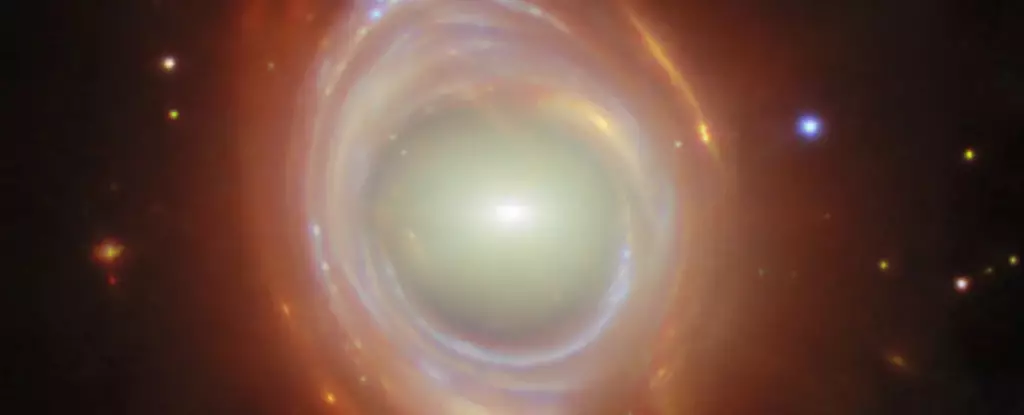The phenomenon known as gravitational lensing is one of the most captivating demonstrations of general relativity, casting a spell of wonder over both scientists and laypeople alike. This unique cosmic interaction manifests when the gravitational field of a massive object, such as a galaxy, bends the light from a more distant source, resulting in an altered perception of its position and brightness. The first compelling evidence of this extraordinary phenomenon emerged during the total solar eclipse of 1919, when light from distant stars appeared to shift. This pivotal moment in the realm of astrophysics not only validated Einstein’s theory but also opened up new avenues for astronomical discovery.
The Illumination of Distant Galaxies
Gravitational lensing serves a dual purpose: it distorts and magnifies light from distant galaxies, rendering them visible to our telescopes. When a foreground galaxy partially obscures a further one, the backdrop’s light is cleverly bent around the celestial bulwark, leading to warped images and a richer understanding of the cosmos. This process not only highlights the fragility and beauty of the universe, but it also enhances our capability to observe the most remote regions of space and time—regions that would otherwise remain cloaked in the shadows of our universe.
Marveling at Einstein Rings
Among the many wonders of gravitational lensing, Einstein Rings are arguably the most breathtaking. Named after the physicist who conceptualized the effect, an Einstein Ring appears when a distant galaxy lines up precisely behind a nearer one, creating a stunning circle of light. Einstein himself, while grasping the theoretical implications of this phenomenon, pessimistically stated in his 1936 paper that direct observation might never be possible. Yet, here we are, decades later, proof of the unfathomable capabilities of modern telescopes. The James Webb Space Telescope (JWST), for example, has unearthed numerous Einstein Rings, revealing intricate structures and colors that seem to tell the story of the universe itself.
A Cosmic Perspective
The beauty of gravitational lensing offers a poignant reflection on our place within the cosmos. The breathtaking imagery captured by instruments like the JWST is not merely scientific data; it is an artistic expression of the universe’s complexity and grandeur. When we look at these images of galaxies—like the elliptical galaxy in a recent JWST discovery, juxtaposed with a distant spiral galaxy—we are reminded that each viewer’s experience of these celestial phenomena is shaped by their vantage point. While we admire the cosmic ballet from our corner of the universe, the same scene may be unknowable or invisible to those in other galaxies, emphasizing the thought-provoking notion that beauty is not simply a subjective experience; it is intricately tied to perspective.
Expanding our Cosmic Horizons
In celebrating the wonders of gravitational lensing, we recognize how this phenomenon acts as a gateway to the farthest reaches of our universe. The potential for further discoveries continues to inspire astronomers and enthusiasts alike. Every new observation contributes to our understanding of the cosmos, unraveling the mysteries that have enraptured humanity for centuries. From the instantly recognizable rings of light to the ethereal glow of distant galaxies, gravitational lensing serves as a reminder that the universe is ripe with unexplored treasures just waiting to be discovered. The more we gaze into the starry expanse, the more we uncover not only the secrets of the cosmos but also insights about our own existence within it.


Leave a Reply